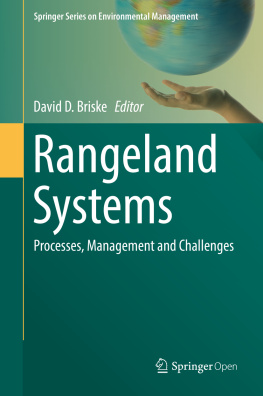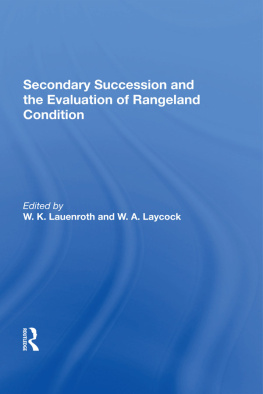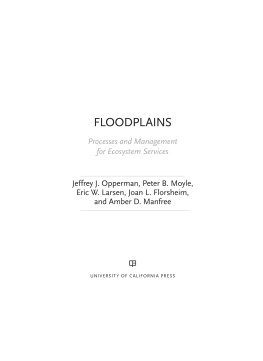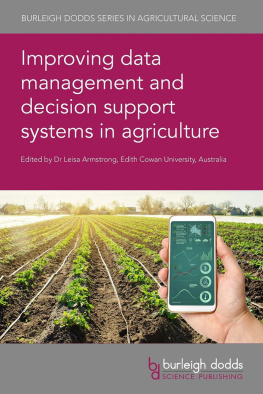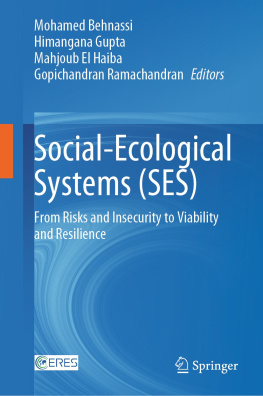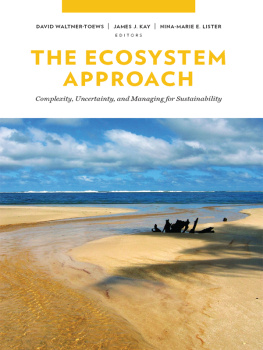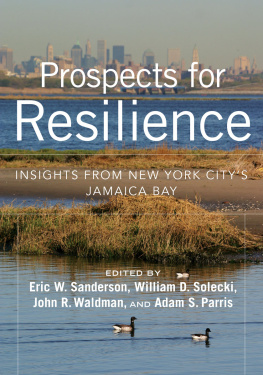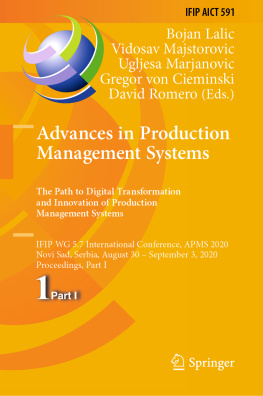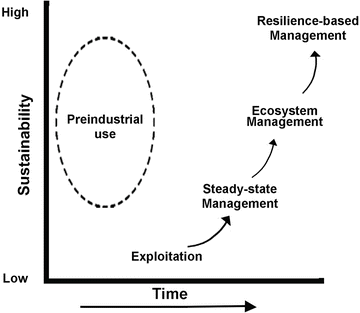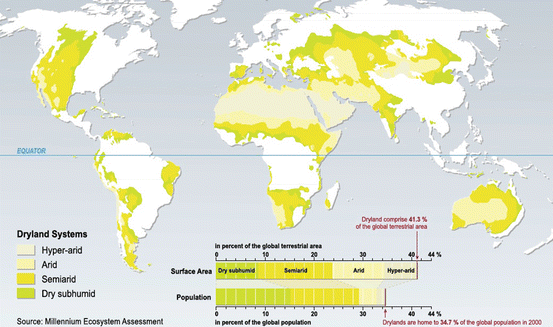1.1 Introduction
This book summarizes the current state of scientific and management knowledge regarding global rangelands and the major challenges that confront them. Current knowledge is assessed relative to changes that have occurred within rangeland ecology , management applications, and, more broadly, global events that have influenced rangelands. A widely accepted philosophical interpretation of scientific advancement notes that progress is often gradual and incremental as prevailing theories are explored and refined (Kuhn ). Whether or not this represented a scientific revolution remains in dispute, but there is no question that it introduced a period of rapid conceptual change for the rangeland profession .
Perhaps more pertinent to the goal of this book is that the development of this new knowledge broadly paralleled the progression of natural resource management models based on humannatural resource interactions . These models are envisioned to sequentially progress with time following human settlement and societal development from humans as natural resource users to humans as natural resource stewards (Chapin et al. ). Consequently, changes in the perception of how humans interact with nature contribute to different knowledge needs and management strategies to maintain the supply of desired natural resources.
Natural resource exploitation is an anticipated outcome following a long period of low-impact preindustrial human use (Fig. ).
Fig. 1.1
Progression of natural resource management models following human settlement (redrawn from Chapin et al. )
Table 1.1
Seven distinguishing attributes of steady- state , ecosystem , and resilience-based natural resource management models a
Attribute | Steady-state management | Ecosystem management | Resilience-based management |
|---|
Ecological models | Succession-retrogression | State-and-transition, rangeland health | Multiple socialecological systems/novel ecosystems |
Reference condition | Historic climax plant community | Historic climax plant community, including historical range of variation | Landscapes with maximum options for ecosystem services |
Role of humans | Use ecosystems | Part of ecosystems | Direct trajectories of ecosystem change |
Ecosystem services | Meat and fiber products | Several ecosystem services | Options for diverse ecosystem services |
Management goals | Sustain maximum yield of commodities | Sustain multiple uses | Sustain capacity of socialecological systems to support human well-being |
Science-management linkages | Top-down from management agencies | Top-down from management agencies | Multi-scaled social learning institutions |
Knowledge systems | Management experience and agricultural experiments | Multidisciplinary science and ecological experiments | Collaborative groups, spatially referenced, updatable databases |
aFrom Bestelmeyer and Briske ()
Recognition that effective management needed to consider entire ecosystems, including their inherent variation, and a societal demand for more diverse ecosystem services promoted development of the ecosystem management model . The ecosystem management modelfocused on planning for integrated ecosystems as well as solicitation of more diverse stakeholder feedbackoriginated in the 1970s and was widely adopted in the 1990s, especially by natural resource management agencies in the USA (Quigley ). This model recognizes the inevitability of change and seeks to guide change to sustainably provide multiple ecosystem services for society. Successive development and implementation of steady-state management, ecosystem management, and, most recently, resilience-based management represent the backdrop against which this book has been written.
1.2 Extent, Distribution, and Societal Value
Rangelands represent the most extensive land cover type on Earth. Many definitions of rangelands exist, but most address both a land cover type, associated with vegetation or biome, and a land use that primarily emphasizes grazing or pastoralism (Lund ). The ratio of annual precipitation to annual potential evapotranspiration is termed the aridity index and it is less than 0.65 for drylands. Although the majority of rangelands exist within the dryland category, a portion also occur in wetter regions, and high-latitude and high-elevation grasslands and tundra.
Fig. 1.2
Distribution of global drylands as classified by the UNCCD (Millennium Ecosystem Assessment ())

